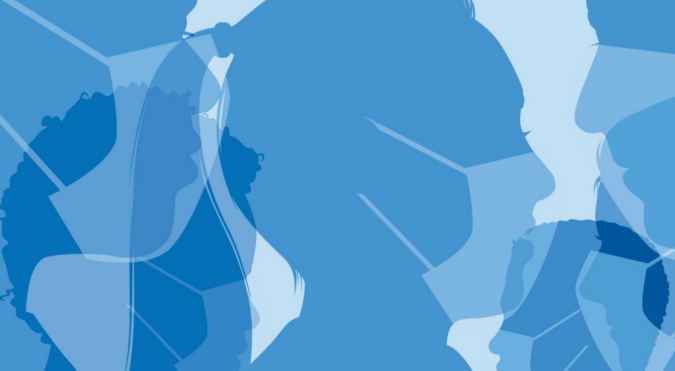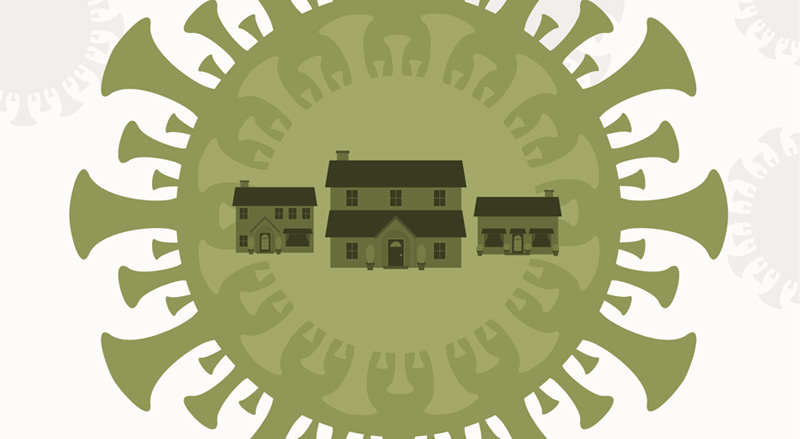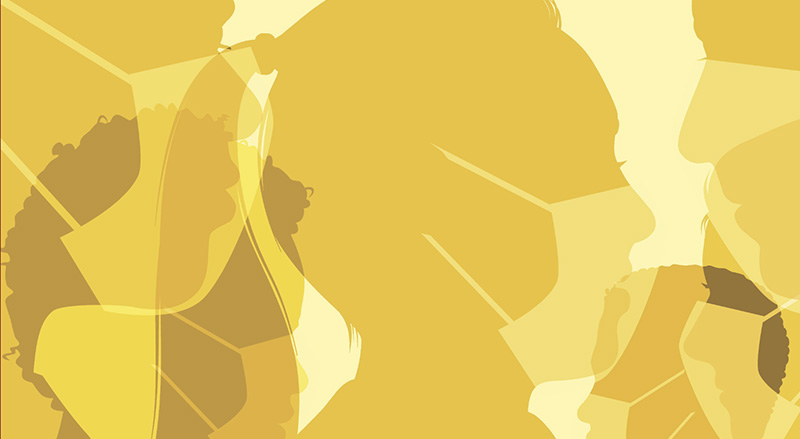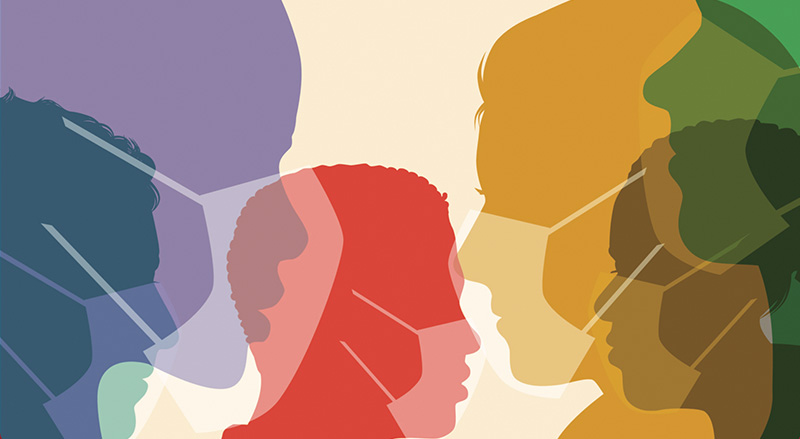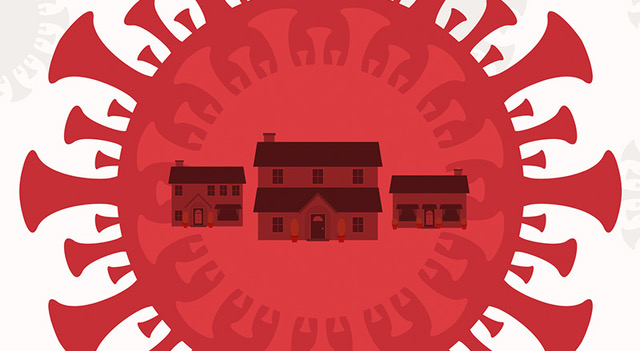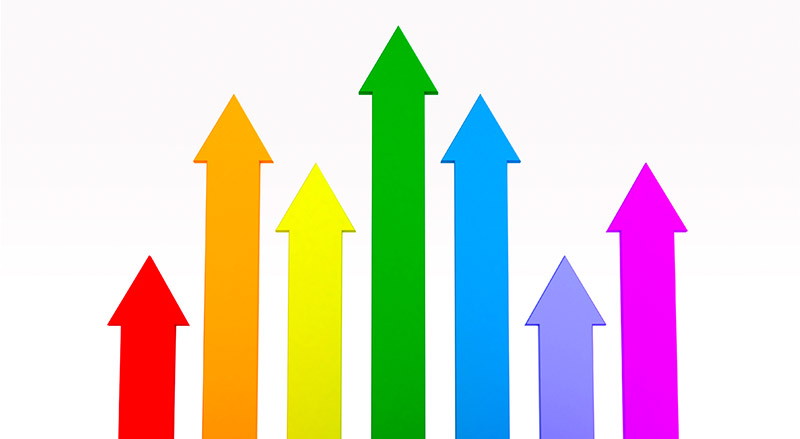
Report
2020 National LGBTQI Movement Report
December 2020 - MAP’s annual report on the financial health of national LGBTQI movement organizations examines both a fiscal year snapshot and historical trends in revenue and expenses, fundraising, and other indicators of financial health, as well as demographics of movement staff and boards. The 2020 report also includes early reporting on the initial impacts of COVID-19 on these major LGBTQI movement organizations’ finances.
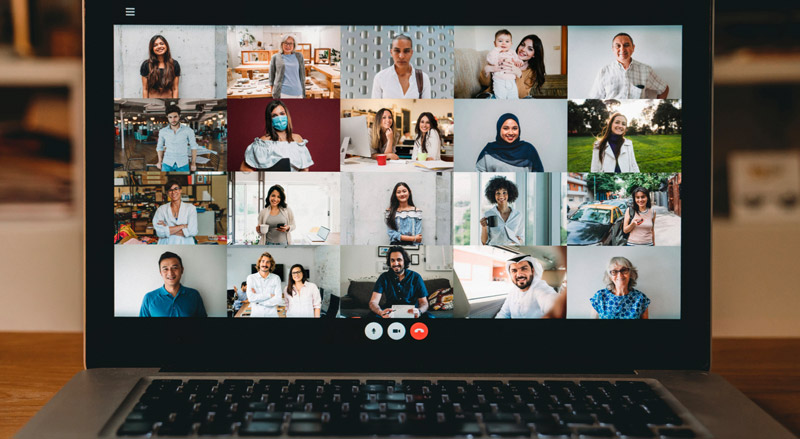
Report
LGBTQ Community Center Survey Report
October 2020 - MAP’s biennial survey of LGBTQ community centers in the U.S., conducted in partnership with CenterLink, examines the centers’ operating hours, budgets, capacity, program expenses, community outreach, policy work, physical and mental health programs, and more. The 2020 report also includes analysis of how, at the time of the survey (mid-2020), LGBTQ centers were responding to and impacted by COVID-19.
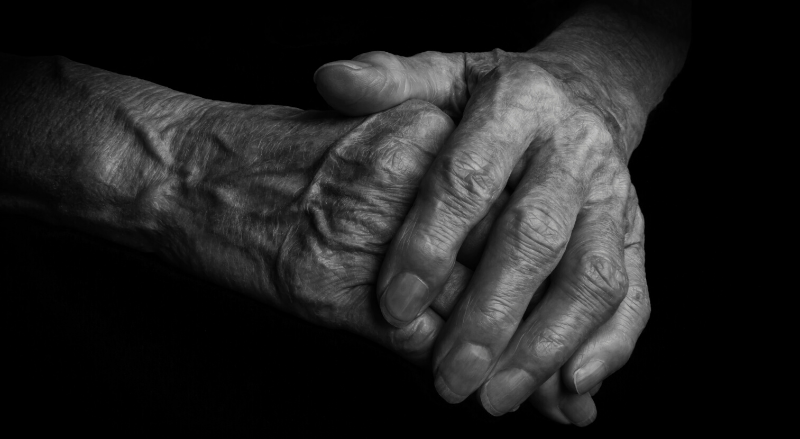
ISSUE BRIEF
LGBT Older Adults & COVID-19
May 2020 - Older adults in the United States are at increased risk for contracting COVID-19. They are particularly vulnerable without access during the pandemic to the health care resources and social structures that contribute to overall wellness. This is especially true for the 1.1 million LGBTQ people who are ages 65 and older living across the country.
BLOG SERIES: EDUCATION & ACTION DURING COVID-19
Economic Insecurity - April 7, 2020Visit Food Insecurity - April 16, 2020Visit
Protecting Incarcerated People - April 22, 2020Visit
Defending LGBTQ Immigrants - April 29, 2020Visit Ensuring LGBTQ Healthcare Protections - May 4, 2020Visit Supporting LGBTQ Foster Youth - May 13, 2020Visit Caring for LGBT Older People - May 20, 2020Visit The Rise of Hate Crimes - May 29, 2020Visit Systemic Racism & Policing - June 3, 2020Visit LGBTQ Data Collection - June 11, 2020Visit LGBTQ Community Centers - June 25, 2020Visit Supporting LGBTQ Youth - July 2, 2020Visit Housing & Homelessness - July 10, 2020Visit

